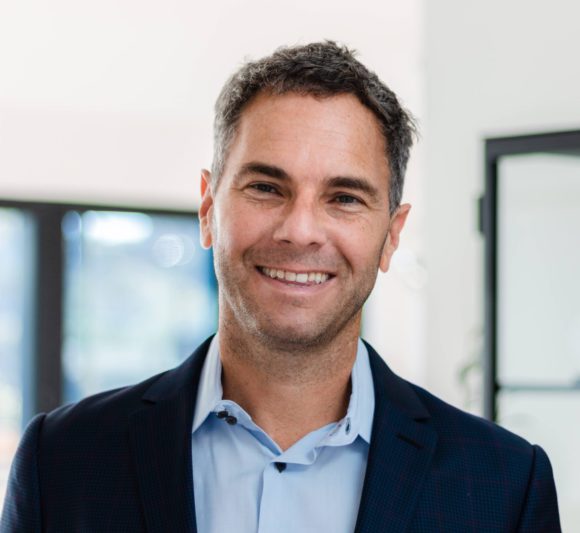Aug 9, 2018
From Hit Songs to Headphones: Two People Who Changed the Way We Listen to Music
Hit songs and cell phones
Enter any cafe, any day, and what do you see? Someone holding their phone closer to some music speaker. You can’t go to a bar, club, or cafe without someone checking their phone so they can figure out who’s singing that crazy cool song with the wicked beat. And let’s face it, most of the time that person is probably you trying to Shazam it.
Before people Shazamed it, we lived in a world of musical ignorance. People (meaning you or maybe someone older than you who lived in that dark ages before smartphones) would hear a great song, ask around if someone knew who sang it, get frustrated when no one knew, and let the idea eat away at them until they were lucky enough to catch some DJ announcing it on the radio. What was a music lover to do?
Enter Chris Barton and the team of Shazam, like the superheroes of music search. Before there were iPhones and Google, his team had a dream. A dream that the average person anywhere (you, in other words) could use a regular dumb flip phone that came with your basic phone plan to identify songs playing in noisy bars and clubs. Before the Internet was everywhere and wifi hotspots were a thing, the idea you could dial a short number to access a database of several million songs, have your phone listen for a minute, and then find out the name of the song and artist was revolutionary. Now it’s what happens on your daily Starbucks run.
Since that day we were saved from our musical ignorance, phones have become smarter, song databases have grown larger, and Shazam has become a way not only to identify a song but also to share them on social media—and to purchase the music. The app was so useful in driving business to Apple Music, that Chris Barton and his team were able to cash out to Apple in 2017.
But not all our musical problems were solved when Shazam launched in 2002. Some of them were actually caused by Apple.
From earbuds to headphones
When Apple changed the way we accessed music by creating the iPod, the company also changed how we listened to music. No longer did you hear people talk about their surround sound, Dolby, multichannel, THX something-or-other stereo system and how it could give you the best sound quality ever, or how you had to listen to the new remixed, mastered, anniversary edition of Pink Floyd’s The Dark Side of the Moon, because it sounded like you were in the studio hanging out with the band.
In one swift movement, Steve Jobs made us all musical introverts. We all had our own private DJ device in our pocket along with a personal stereo in the form of white earbuds provided by Apple. No one was talking about sound quality anymore.
Instead, people were talking convenience, playlists, and song shuffle instead of clarity and quality. But Dr. Dre and Jimmy Iovine knew the music we heard on iPods could sound better, much better, but only if people yanked out their white earbuds and put on some decent headphones. So Dr. Dre and Jimmy Iovine teamed up and developed headphones that would truly reproduce the dynamic sound quality of the music created by artists in the studio.
The result was the multicolored Beats by Dre headphones. Introduced to the world in 2008, these anything-but-white headsets took a while to make their full impact on the music market. Despite their dynamic sound range people still used their white earbuds.
That was until brand genius Omar Johnson, voted one of the most Top 50 Most Innovative CMOs by Business Insider in 2016, helped make Beats headphones into a worldwide phenomenon. Together with his diverse team of marketers, Omar created viral marketing campaigns like “Straight Outta Somewhere” and “Powerbeats starring LeBron James” that spawned social media mania and made Beats headphones one of the most desired headphones of athletes and celebrities around the globe. Olympic medal winners and basketball MVPs alike could be seen sporting the headphones—sans payment or endorsement—and the Beats headphone brand took off like wildfire.
Now you can see people wearing the colorful Beats headphones as often as you see a pair of white earbuds. Apple noticed their popularity (and sound quality as well) and bought Beats in 2014.
What happens next to our music experience only these pioneers can tell.
Kyle Crocco is the Content Marketing Coordinator at BigSpeak Speakers Bureau, a graduate of UC Santa Barbara, and the lead singer of Duh Professors. He regularly publishes business book reviews and thought articles on Medium, Business 2 Community, and Born 2 Invest.
Speaker
Tags

 Chris Barton
Chris Barton